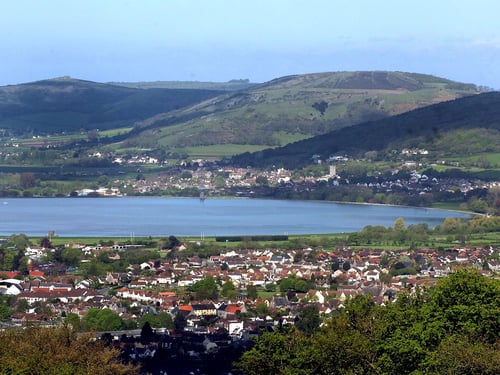Reservoir storage levels
Up to date information about our current reservoir storage levels.
Latest reservoir storage levels
Bristol Water operates four major reservoirs – Chew Valley Lake, Blagdon Lake, Cheddar and Barrow. These are the current levels of our largest reservoirs as of 03/04/2025.
The total reservoir storage for the Bristol Water area is at 97%. On the same date in 2024, storage was at 97%.


Cheddar Reservoir
03/04/2025 Cheddar reservoir storage is at 95%. On the same date in 2024, storage was at 97%.

Chew Valley Lake
03/04/2025 Chew Valley Lake reservoir storage is at 97%. On the same date in 2024, storage was at 100%.

Blagdon Lake
03/04/2025 Blagdon Lake reservoir storage is at 97%. On the same date in 2024, storage was at 100%.
Monitoring and managing our supplies
Water is a precious resource and we encourage our customers to use it wisely, whatever the weather.
Thanks to our forward planning and the flexibility in our water network, we can balance our stored resources in a way that helps us manage supplies during drier periods. We also use artificial intelligence to manage our supplies in a way that cuts our energy use too, helping our environmental performance.

Where our water comes from
Most of our water comes from either rivers or reservoirs with a small proportion (about 15%) coming from underground sources, such as wells, springs and boreholes.
Bristol Water operates four major reservoirs – Chew Valley Lake, Blagdon Lake, Cheddar and Barrow – the total combined reservoir storage capacity is around 38 billion litres. This is enough to fill Wembley ten times over. We also take water from the Gloucester and Sharpness Canal and this source helps us manage our reservoir levels.
We take our responsibility for preserving the water environment very seriously and we know our customers do too. Our water resources – reservoirs, rivers or other water sources – support the wildlife, habitats and species that rely on water directly or indirectly.
Our reservoirs are within Areas of Outstanding Natural Beauty (AONB). Some are designated as Sites of Special Scientific Interest (SSSI) as they are home to protected plants and wildlife. It’s therefore critical we all carefully balance public water use with water needed for our environment to thrive.